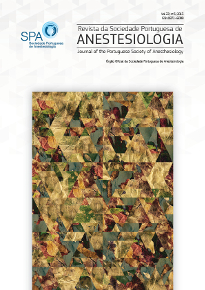Airway Management in Obstetric Population
DOI:
https://doi.org/10.25751/rspa.3457Keywords:
Airway Management, Algorithms, Intubation, Intratracheal, Obstetrics, Pregnancy, Respiratory AspirationAbstract
Airway management in obstetrics remains a true challenge for several reasons. The anatomical and physiological modifications related to pregnancy are responsible for hypoxemia as well as an increase of the risk of inhalation of gastric contents. The emergency context increases the risks of difficulties with airway management, which justify the classification of the obstetric population as potential difficult airway. The evolution of the practices, with the considerable rise of the regional analgesia/anesthesia limits the training and the maintenance of competences for intratracheal intubation in obstetrics. For limiting the risk of difficult airway on this population is important to give priority to regional analgesia/anesthesia and perform a careful evaluation of the predictive criteria of difficult intubation or ventilation. The adapted material and algorithm for difficult intubation must be available in the labor wards and operatory rooms. The training per simulation appears particularly interesting on the subject. Our objective with this article is reviewing problems related to the airway management in obstetrics, taking into account the recent evolutions and propose an obstetric failed intubation algorithm.
Downloads
Downloads
How to Cite
Issue
Section
License
Articles are freely available to be read, downloaded and shared from the time of publication.
The RSPA reserves the right to commercialize the article as an integral part of the journal (in the preparation of reprints, for example). The author should accompany the submission letter with a declaration of copyright transfer for commercial purposes.
Articles are published under the terms of the Creative Commons Attribution Non-Commercial License (CC BY-NC).
After publication in RSPA, authors are allowed to make their articles available in repositories of their home institutions, as long as they always mention where they were published.


